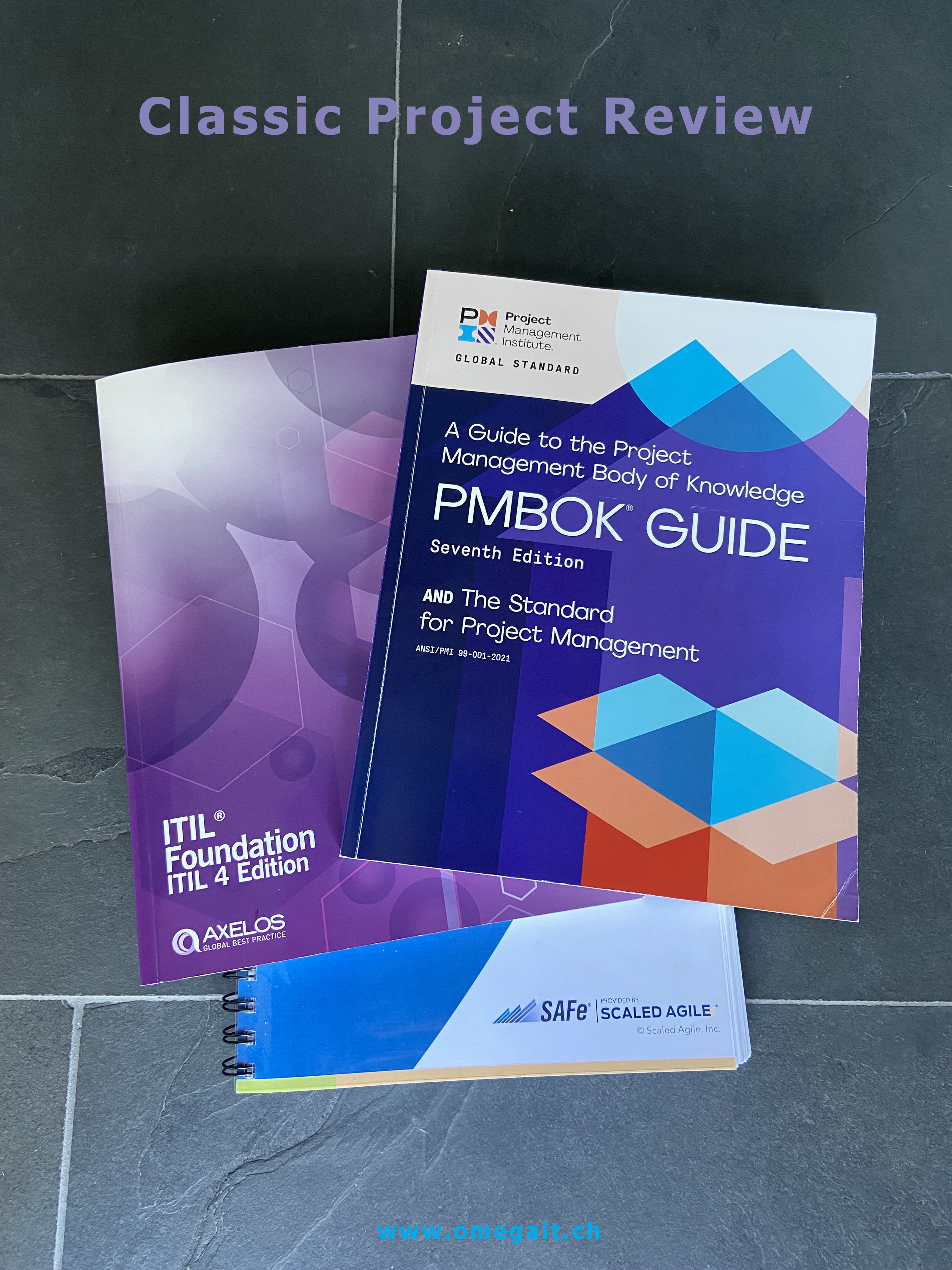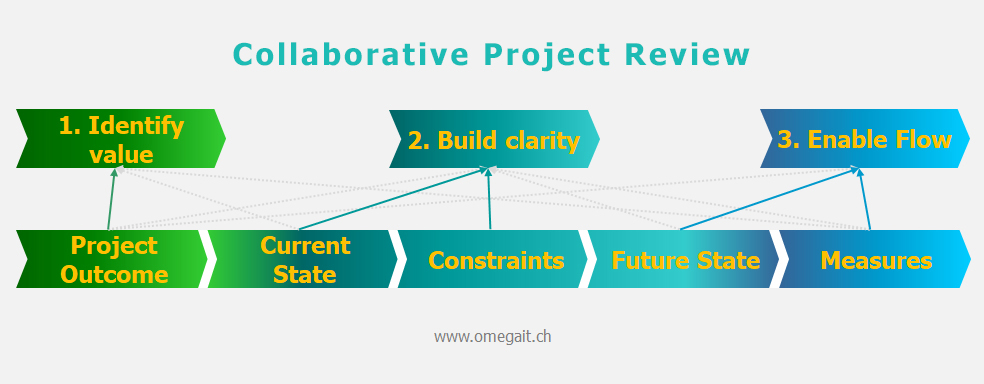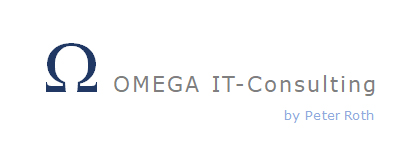Summary
Classic or collaborative project review - what's the difference and what's the point?
I offer both classic and collaborative reviews as a service. In this article, I explain the difference and show in which situation which type of review is more effective.
By Peter Roth, October 10, 2024

The classic review aims to develop improvement measures for a project.
It follows a clearly structured procedure:
- First of all, the target model is defined with the commissioning organization, which serves as a reference. This can be, for example, a project management method such as PMI PMBOK or HERMES, but also a model for product development such as SAFe.
- The actual situation of the project is now being assessed and documented by means of systemic stakeholder interviews and a comprehensive study of documents.
- In the next step, the actual situation is systematically compared with the target model and the gaps are assessed and evaluated.
- Finally, improvement measures are developed and proposed to the commissioning organization. The measures are discussed, weighted and prioritized together and then approved for implementation.
The classic review supports organizations that require a systematic assessment of a project or programme by an external expert.
This can be carried out at a phase transition, when important decisions are made, when problems arise in the project or at the end of a project. However, a phase review is also suitable if a project manager is allowed to take over an existing project.
The commissioning organization can directly influence the review by determining the reference and approving and prioritizing the proposed improvement measures.
A classic review takes approximately one month, depending on the scope and availability of the stakeholders. As a result, the client receives a comprehensive list of systematically developed and agreed suggestions for improvement that can be implemented in the project.
In contrast to collaborative reviews, a classic review focuses more on the target reference. It is similar to an audit, but has an informal character and can also be carried out in preparation for it.

The collaborative review also pursues the goal of developing improvement measures for a project, but focuses on the desired outcome of the project in order to achieve greater customer centricity.
It is based on the new Flow Engineering method, which I have combined with other methods and adapted to the specific characteristics of projects.
The team itself carries out the review and develops the results. The focus is on eliminating bottlenecks. As an external expert, I moderate the workshops.
The collaborative review follows a clearly structured process:
- Identify Value - In order to know where the journey should go, we work out or verify the intended benefits of the project and derive the desired project goals and delivery results.
- Build Clarity – In a second step, we assess the current situation of the project and design the desired target solution tailored to the outcome.
- Enable Flow - In the third and final step, we jointly analyze the differences between actual and target and develop, weight and prioritize the measures to improve a project.
Because the project team carries out the review itself, the participants recognize and experience the differences between actual and target much better. This leads to a better understanding, higher identification and acceptance of the results and the improvement measures by the project team.
The commissioning organization can directly influence the review by precisely defining the framework conditions for the review.
Depending on the size of the project or program, either the entire project team (up to a maximum of 10 people) or selected people from the project take part.
The collaborative review takes place in a full two-day workshop or divided into several workshops within a week. This short period of time means that the project is very quickly ready for action again and can immediately implement the improvement measures developed.
This makes the collaborative project review particularly suitable for disruptions, restarts or major changes in the project. In any case, I really enjoy it and I am convinced that it is a very effective and efficient tool for projects.


